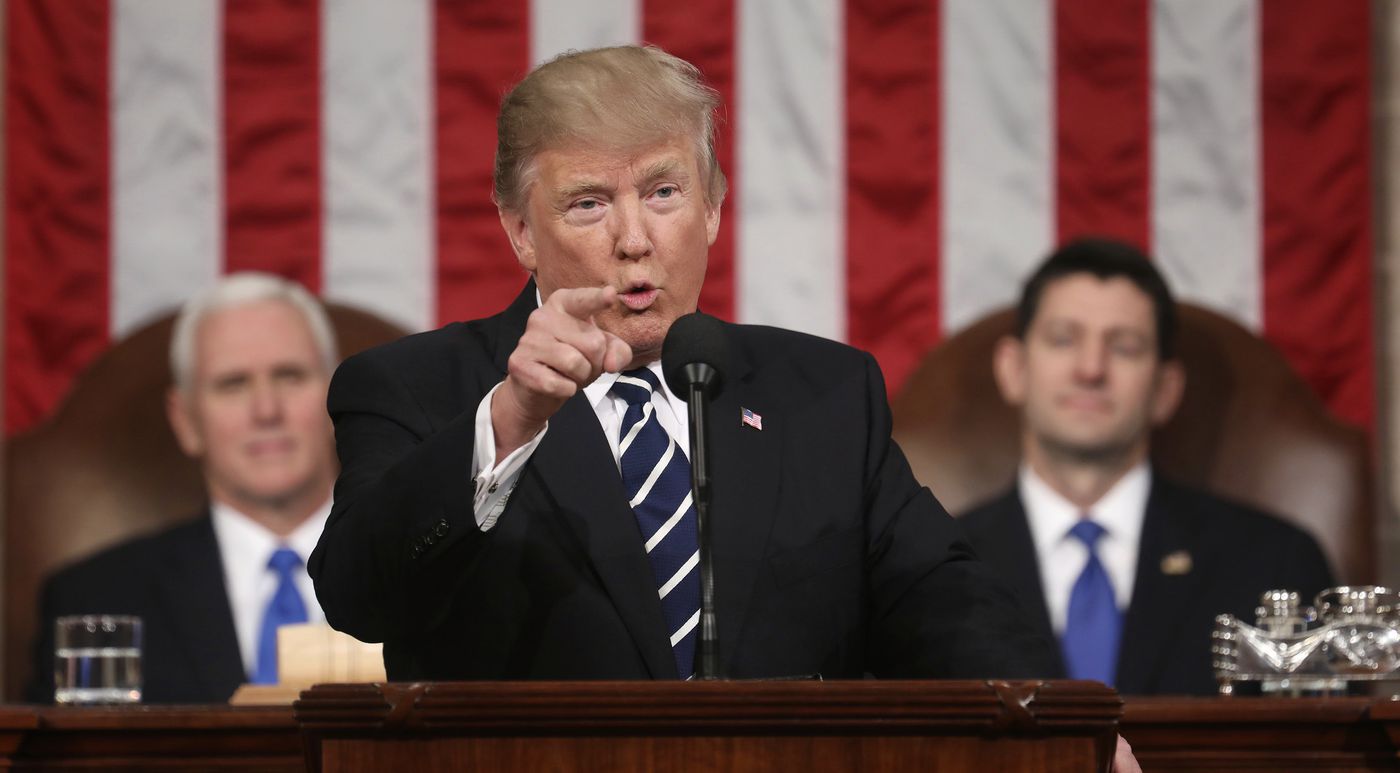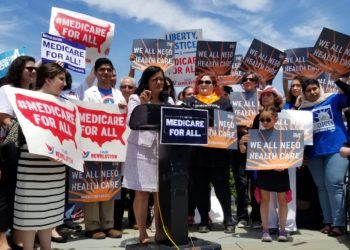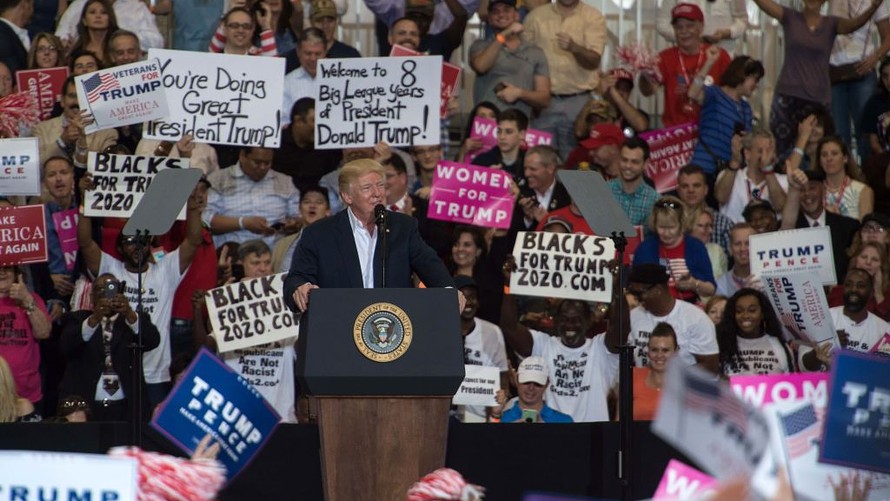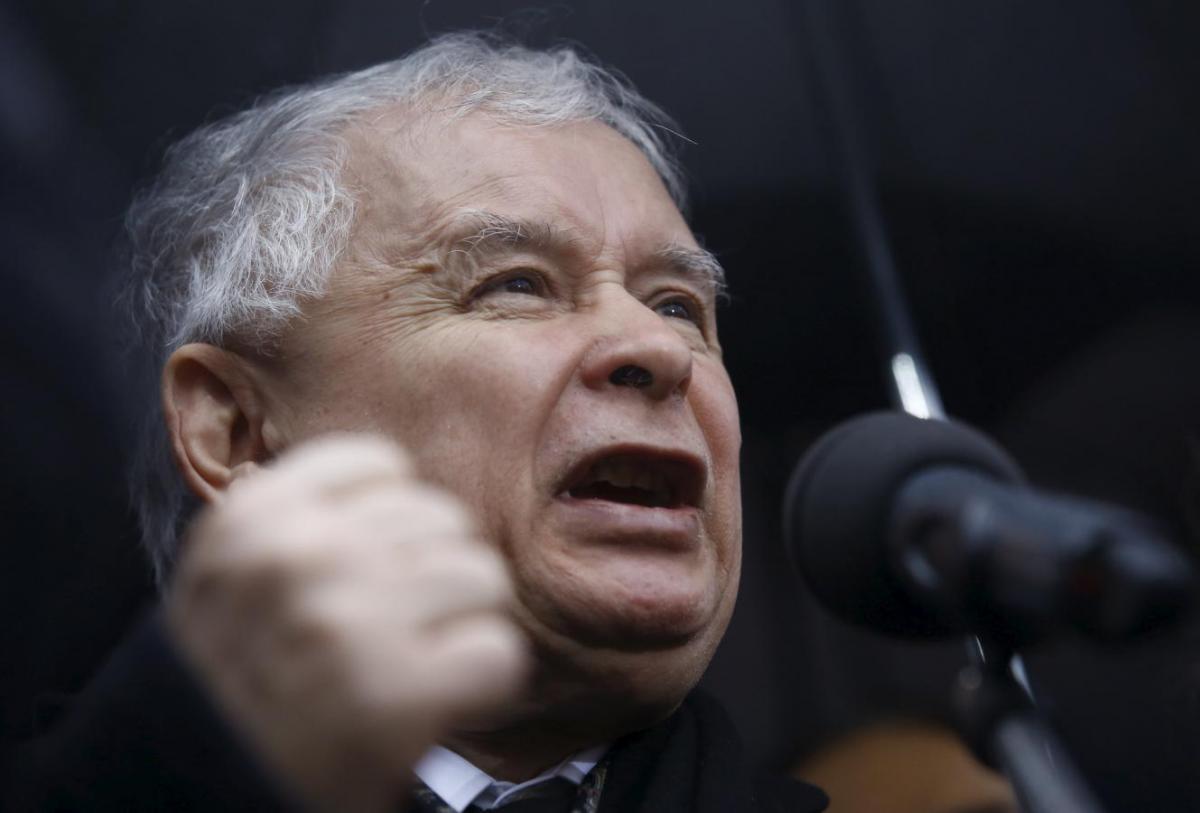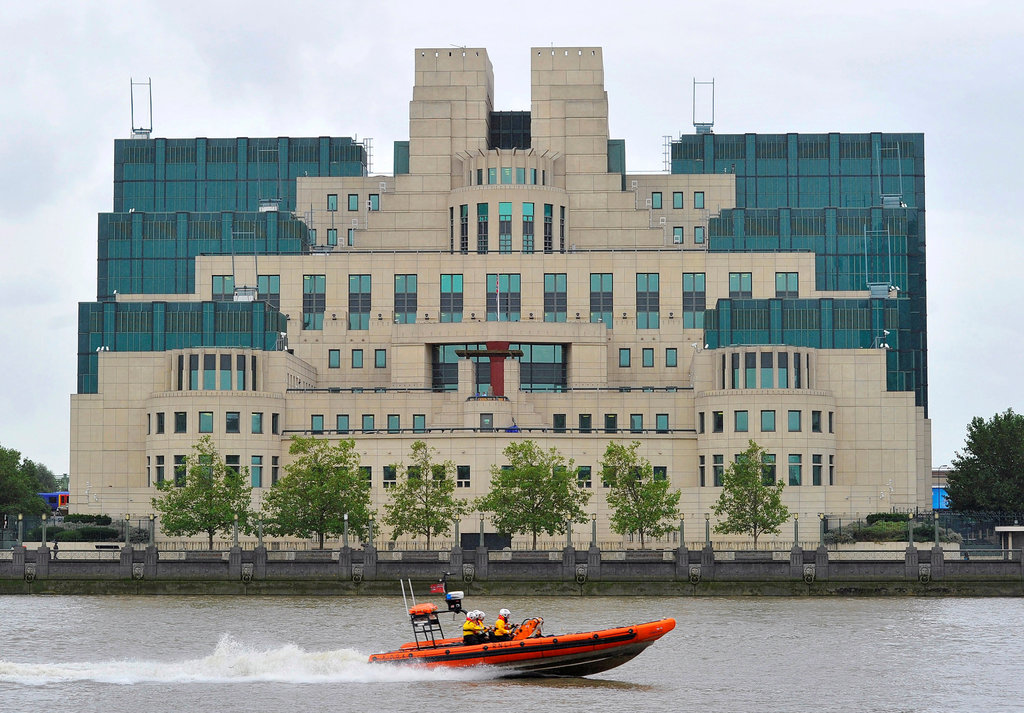Americans pay the highest prices for prescription drugs in the world. In 2016, U.S. spending on prescription drugs totaled over $450 billion, a rate that’s two to six times higher than the world average.
During his State of the Union address in January, President Donald Trump declared that lowering prescription drug prices would be a top priority for his administration. But since then, drug prices in the U.S. have continued to soar.
In total, there have been more than 3,000 price increases on just over 1,000 pharmaceuticals in the U.S. since January.
Aytu BioScience Inc., for example, recently raised the price of its liquid sleep aid Zolpimist from about $70 to $659. Acorda has raised the price of its drug to treat multiple sclerosis by nearly 20 percent since the turn of the new year. The prices of popular drugs to treat conditions ranging from high blood pressure to cancer have jumped nearly 10 percent in the same time.
Last week, Trump scolded drug manufacturer Pfizer on Twitter for its plan to raise prices.
Pfizer & others should be ashamed that they have raised drug prices for no reason. They are merely taking advantage of the poor & others unable to defend themselves, while at the same time giving bargain basement prices to other countries in Europe & elsewhere. We will respond!
— Donald J. Trump (@realDonaldTrump) July 9, 2018
In May, White House officials unveiled a blueprint, known as American Patients First, that aims to improve competition, better negotiations, incentivize lower list prices and lower out-of-pocket costs.
As the issue of access to healthcare and prescription medicine once again takes the political stage, studies from academics, think tanks and public officials alike have found a number of underlying factors that are driving the enormous costs of prescription drugs in the U.S.
Critics of the current system argue that because of shortcomings in federal antitrust regulations, pharmaceutical companies have been able to monopolize certain drugs and set prices at whim without any competition.
Pharmaceutical executives and investors, however, say that high-profit margins and exclusive rights to sell new drugs are necessary to spur innovation.
David Ricks, Chairman and CEO of the pharmaceutical manufacturer Eli Lilly and Company, is one of these leaders.
“If we want cures… we need to invest,” Ricks said at an event sponsored by the Atlantic Tuesday, adding that the revenues of his business — over $22 billion in 2017 — are used to develop new medicines for the future.
Approximately 90 percent of initiatives to develop new drugs fail, and it takes an average of around 15 years to bring a new drug to the market. Abbie Celniker, a partner of the venture capital group Third Rock Ventures that invests in biotech startups, compared pharmaceutical companies’ endeavors to going to the moon: expensive and high-risk.
During an address at the Pew Charitable Trusts on Monday, Sen. Susan Collins (R-ME.), argued that the exclusive rights and high-profit margins some pharmaceutical companies enjoy are often not justified.
Collins conceded that companies who invest money and resources into the development of new drugs deserve to see a return on their investment. The challenge, she said, is finding policies that “both encourage innovation and the development of new drugs while protecting consumers.”
Live now: @SenatorCollins on Addressing Rising Drug Prices: https://t.co/u0YXkwjQNa
Follow along with #SenCollinsatPew
— Pew Health (@pewhealth) July 16, 2018
While serving as chair of the Senate Committee on Aging, Collins launched an investigation in 2015 along with Sen. Claire McCaskill (D-MO.) into “extreme spikes” in drug pricing. The investigation focused on four companies — Turing Pharmaceuticals, Retrophin, Inc., Valeant Pharmaceuticals International, Inc. and Rodelis Therapeutics — that had significantly raised prices on “off-patent” drugs, or those with expired patents.
Turing, then under the direction of the infamous executive Martin Shkreli, acquired the rights to manufacture Daraprim, a 63-year-old drug used to treat the potentially deadly parasitic infection toxoplasmosis. In the span of 24 hours, Turing raised the price of Daraprim over 5,000 percent from $13.50 a tablet to $750 a tablet.
“None of the four acquiring companies had invested a single penny in the research and development of these drugs,” Collins said. “Furthermore, the committee found they were doing nothing to significantly improve the drugs that would justify the exorbitant price increase.”
The Senator said her investigation exposed a business model in which pharmaceutical companies — in an effort to minimize competition — targeted drugs that served a small patient market and had no generic equivalent.
The companies then often put the drug in a “closed distribution network,” making difficult for potential competitors to acquire enough of the drug to perform bioequivalence tests mandated by the Food and Drug Administration to approve generic alternatives.
“Finally, then the company would price gouge, maximizing profits,” Collins said.
She issued some harsh criticism towards the Federal Trade Commission, which is largely responsible for enforcing antitrust regulations to prevent the formation of monopolies.
“I don’t think the FTC has done a good job on this at all,” Collins said. “I don’t know if this is a matter of inadequate resources at the FTC or inadequate expertise, but clearly this is something we need to look into.”
The FTC declined to issue a comment for this story.
Andrei Iancu, director of the United States Patent Trademark Office, defended pharmaceutical companies’ right to exclusively sell drugs on Tuesday.
“Most [of the progress of the past 200 years] was backed by patents,” Iancu said.
“Certainly, you can have localized abuses of the system,” he conceded, adding that his office is constantly working to solve those issues.
Other issues driving high pharmaceutical prices that were outlined in a report released by Pew in May include the inability of the federal government to negotiate prices with drug manufacturers or import drugs from other countries.
In 2016, U.S. spending on prescription drugs totaled over $450 billion. Through its Medicare program, the federal government picked up over $100 million of the tab. But because of the Social Security Act’s non-interference clause, the federal government is prohibited from negotiating drug prices on behalf of Medicare enrollees.
While the Congressional Budget Office has not issued an estimated savings report for a proposal to reverse the policy, Pew suggests allowing negotiations would have a “significant impact on [Medicare] spending.”
Another policy proposal Pew suggests could help reduce costs is allowing the importation of drugs that have already been approved by the FDA.
The CBO estimated that a proposal to allow drug imports from Australia, Canada Japan and several European countries could save the U.S. $40 billion over ten years.
Collins was one of only 12 Senate Republicans to vote in favor of an amendment introduced by Sen. Bernie Sanders (I-VT.) in 2017 that would have allowed the U.S. to import pharmaceuticals from Canada at a reduced rate.
An analysis done by the Center for Responsive Politics showed that candidates from both parties who voted against the amendment had received significantly more campaign contributions from people and organizations linked to the pharmaceutical industry.
Between 2009 and 2016, Democratic Senators who voted against the measure received an average of nearly $200,000 in contributions from the industry. Senate Democrats who supported it – about $68,000. The same trend held true for Republicans. Those who supported the measure received an average of about $66,000 in pharmaceutical contributions. Those who opposed it received an average of nearly $150,000.
Individuals, companies and political action committees (PACs) associated with the pharmaceutical industry contribute tens of millions of dollars to candidates on both sides of the aisle each election cycle.
In 2016, the industry contributed nearly $30 million to congressional candidates — over $16 million to Republicans and over $13 million to Democrats.
As the pressure to create solutions increases on the Trump Administration for the remainder of 2018, many groups are working to influence the blueprint before it is put into practice.
CVS sent a letter to the administration on Tuesday.
“Until drug manufacturers reduce the high price they set for these drugs,” the company stated, “we know this problem is not going away.”


